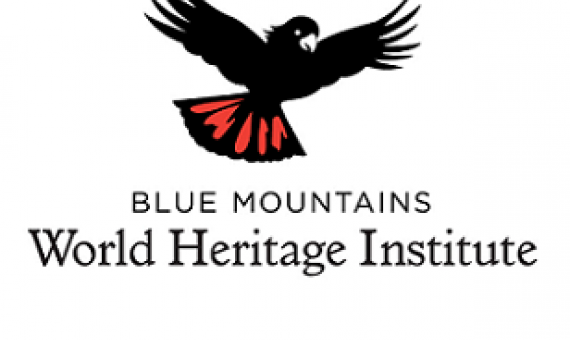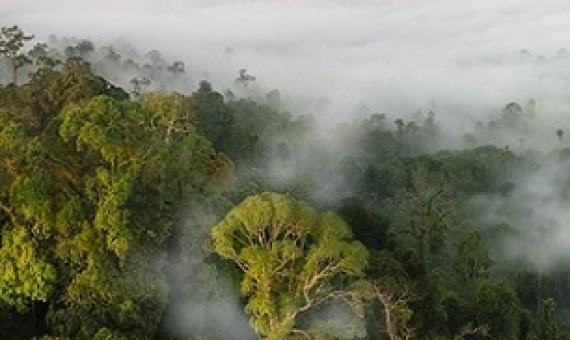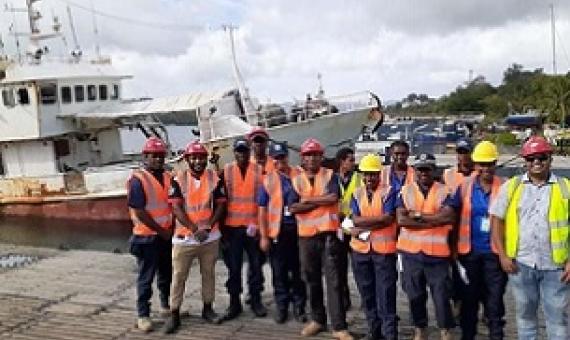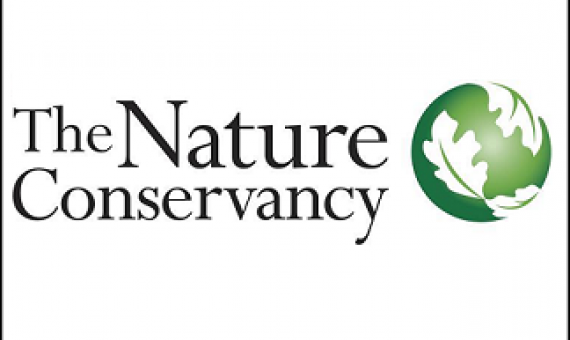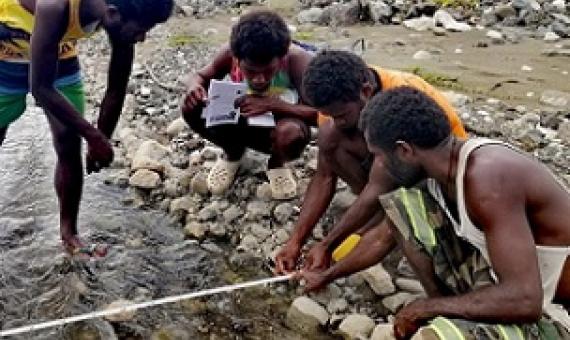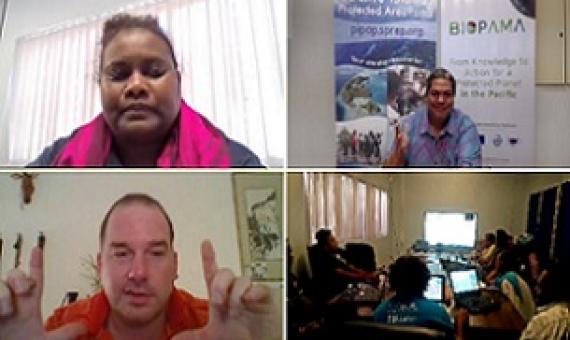The Blue Mountains World Heritage Institute, in partnership with the Protected Areas Collaboration for Learning & Research, offers an intensive training program that aims to equip conservation professionals with the knowledge, tools and skills required to adapt
The METT is the most widely used protected area management effectiveness assessment system globally. METT-4 (the fourth edition of the METT and the first revision since 2007) draws together the lessons learned from applying the tool around the world, includes new and emerging management
Learn how to plan and manage effective conservation projects using the Open Standards for the Practice of Conservation.
A first of its kind training was held this week in Port Vila from the 1st to 4th of December.
ConservationTraining is an open and free learning community that offers conservation-based training materials from The Nature Conservancy and our partner organizations.
In late October, 36 individuals from around the North West and West Coast Santo area councils converged on the village of Penouru to participate in Vanuatu’s first Environmental Ranger training program.
A virtually delivered national training for protected area stakeholders was successfully completed for Solomon Islands this week...The training provided participants with the basic competences and knowledge to navigate and use the tools and features of the Pacific Islands Protected Area Portal (P
IUCN is pleased to invite you to an online training course on the Red List of Ecosystems methodology and its possible applications.
A two-day training co-organised and implemented by the Secretariat of the Pacific Regional Environment Programme (SPREP) and the Samoa Ministry of Natural Resources and Environment (MNRE) was successfully conducted for government officers last week.
We are now taking applications for our next scholarship cohort. You can find the list of eligible courses on our Current Courses page.

